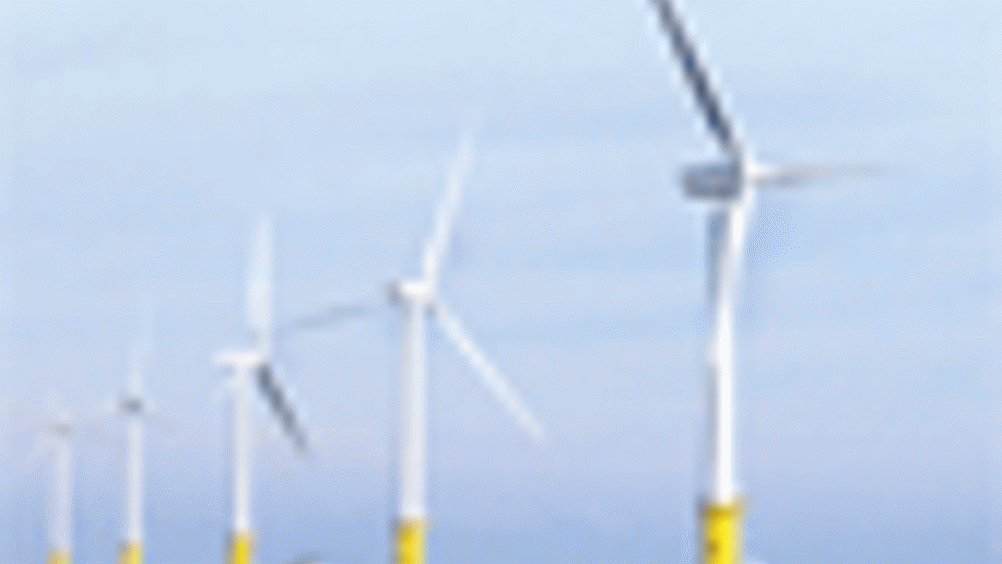Green light for Southeast windfarms

The government today gave the go-ahead for two major offshore wind farms, the London Array and Thanet systems, to be built in the Thames Estuary.
The schemes could together produce 1.3GW of green electricity, enough to power a third of
The London Array will consist of 341 turbines, each capable of generating 3 to 7MW, five offshore sub-stations and four meteorological masts. They will rise from the sea 20km off the
The £500m Thanet wind farm will be located approximately 11.3km from North Foreland on the
Register now to continue reading
Thanks for visiting The Engineer. You’ve now reached your monthly limit of news stories. Register for free to unlock unlimited access to all of our news coverage, as well as premium content including opinion, in-depth features and special reports.
Benefits of registering
-
In-depth insights and coverage of key emerging trends
-
Unrestricted access to special reports throughout the year
-
Daily technology news delivered straight to your inbox










Breaking the 15MW Barrier with Next-Gen Wind Turbines
Hi Martin, I don´t have any detailed parameters for the 15MW design other than my reading of the comment in the report ´aerodynamic loads at blade-tip...